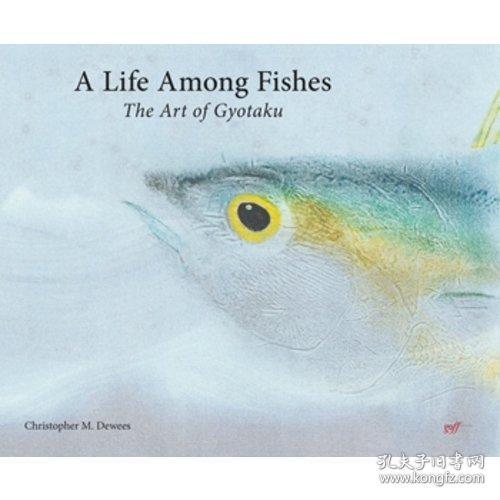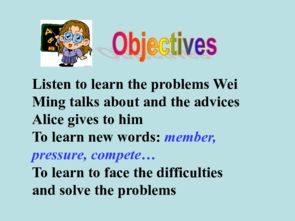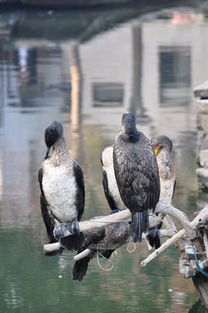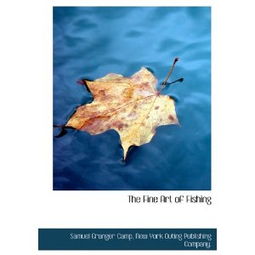Content:
Fishing is an ancient art that has been practiced by countless individuals around the world. While the use of bait is a common and effective method, there are times when anglers find themselves without the necessary materials. In such situations, it's crucial to have a set of alternative fishing techniques up your sleeve. This article delves into the world of fishing without bait, offering a comprehensive guide to mastering this skill.
Understanding the Basics of Baitless Fishing
Before we delve into the specifics of how to fish without bait, it's important to understand the basics of this technique. Baitless fishing, also known as "catch-and-release" or "bare hook" fishing, involves using an empty hook to catch fish. This method is favored by anglers who want to minimize the impact on the environment or who simply prefer the challenge of catching fish without relying on bait.
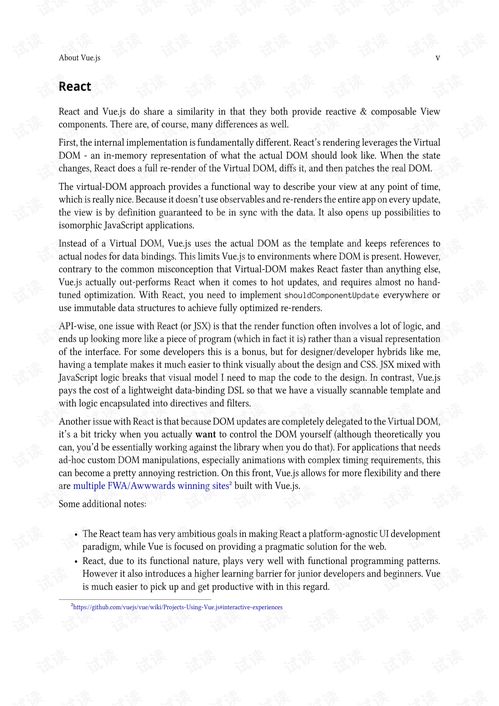
Choosing the Right Equipment
The first step in baitless fishing is selecting the right equipment. Here are some essential items you'll need:
Rod and Reel: A lightweight, sensitive rod and reel combination is ideal for baitless fishing. The rod should be long enough to cast effectively and sensitive enough to detect subtle movements from the fish.
Line: Use a monofilament line with a low stretch for better sensitivity. The line size will depend on the type of fish you're targeting, but a general guideline is to use a line that's 6-12 pounds in test strength.
Hook: A small, sharp hook is essential for baitless fishing. The size will vary based on the fish species, but a size 6-10 hook is often a good starting point.
Leader: A leader of 18-24 inches in length, made from fluorocarbon or monofilament, is recommended to reduce visibility in the water.
Swivels and Split Rings: These accessories help prevent tangles and improve the durability of your rig.
Techniques for Baitless Fishing
Now that you have the right equipment, let's explore some effective techniques for baitless fishing:
Natural Movement: Fish are often attracted to natural movements in the water. By manipulating your rod tip or wrist, you can create a lifelike action that mimics the movement of real bait. This technique is particularly effective for species like trout and bass.
Trolling: Trolling involves slowly moving your rig through the water while maintaining tension on the line. This method is great for covering a large area and can be effective for a variety of fish species.
Jigging: Jigging involves repeatedly lifting and dropping your rig in a rhythmic motion. This technique can trigger strikes from fish that are lurking near the bottom.
Dead Sticking: This technique involves letting your rig sit motionless in the water. It's often used in clear, still water where fish are less likely to be spooked by movement.
Wobbling: Wobbling involves moving your rod tip in a side-to-side motion, creating a wobble in the rig. This technique can be particularly effective for species like pike and muskellunge.
Fishing Without Bait: Tips and Tricks
Here are some additional tips to help you succeed in baitless fishing:
Study the Habitat: Before you start fishing, take the time to study the habitat where you'll be fishing. Understanding the water's depth, structure, and cover will help you choose the right technique and rig.
Be Patient: Baitless fishing can be challenging, and it often requires patience. Don't get discouraged if you don't catch fish right away. Stick with it, and you'll likely be rewarded with a successful catch.
Experiment with Rigs: Don't be afraid to experiment with different rigging setups. Sometimes, a slight variation in the way you present your hook can make a big difference in your success rate.
Use the Right Colors: If you're fishing in murky water, using bright colors can help attract fish. Conversely, in clear water, natural or subdued colors may be more effective.
Stay Informed: Keep up with local fishing reports and regulations. This will help you choose the best locations and methods for your fishing trip.
Conclusion
Fishing without bait can be a rewarding and challenging experience. By understanding the basics, choosing the right equipment, and mastering the techniques, you'll be well on your way to success. Remember to always practice catch-and-release fishing responsibly and respect the natural environment. Happy fishing!
